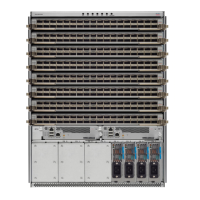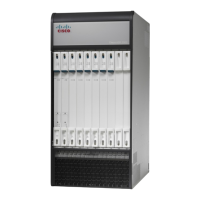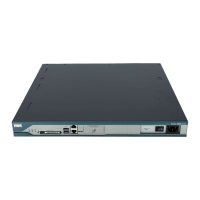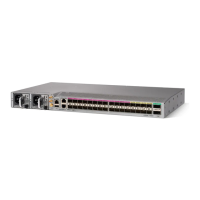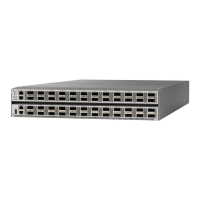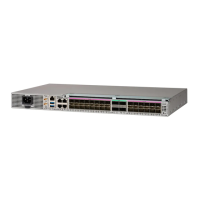Related Topics
Configuring VSAN Trunking, on page 83
Deleting Static VSANs
You can delete a VSAN and its various attributes.
Procedure
PurposeCommand or Action
Enters global configuration mode.configure terminal
Example:
switch# configure terminal
switch(config)#
Step 1
Configures the VSAN database.vsan database
Example:
switch(config)# vsan database
switch(config-vsan-db)#
Step 2
Places you in VSAN configuration
mode.
vsan vsan-id
Example:
switch(config-vsan-db)# vsan 2
Step 3
Deletes VSAN 5 from the database and
switch.
switch(config-vsan-db)# no vsanvsan-id
Example:
switch(config-vsan-db)# no vsan 5
Step 4
Places you in EXEC mode.switch(config-vsan-db)# end
Example:
switch(config-vsan-db)# end
Step 5
About Load Balancing
Load-balancing attributes indicate the use of the source-destination ID (src-dst-id) or the originator exchange
OX ID (src-dst-ox-id, the default) for load-balancing path selection.
Configuring Load Balancing
You can configure load balancing on an existing VSAN.
Load-balancing attributes indicate the use of the source-destination ID (src-dst-id) or the originator exchange
OX ID (src-dst-ox-id, the default) for load-balancing path selection.
Cisco Nexus 5500 Series NX-OS SAN Switching Configuration Guide, Release 7.x
OL-30895-01 123
Configuring and Managing VSANs
Guidelines and Limitations for VSANs

